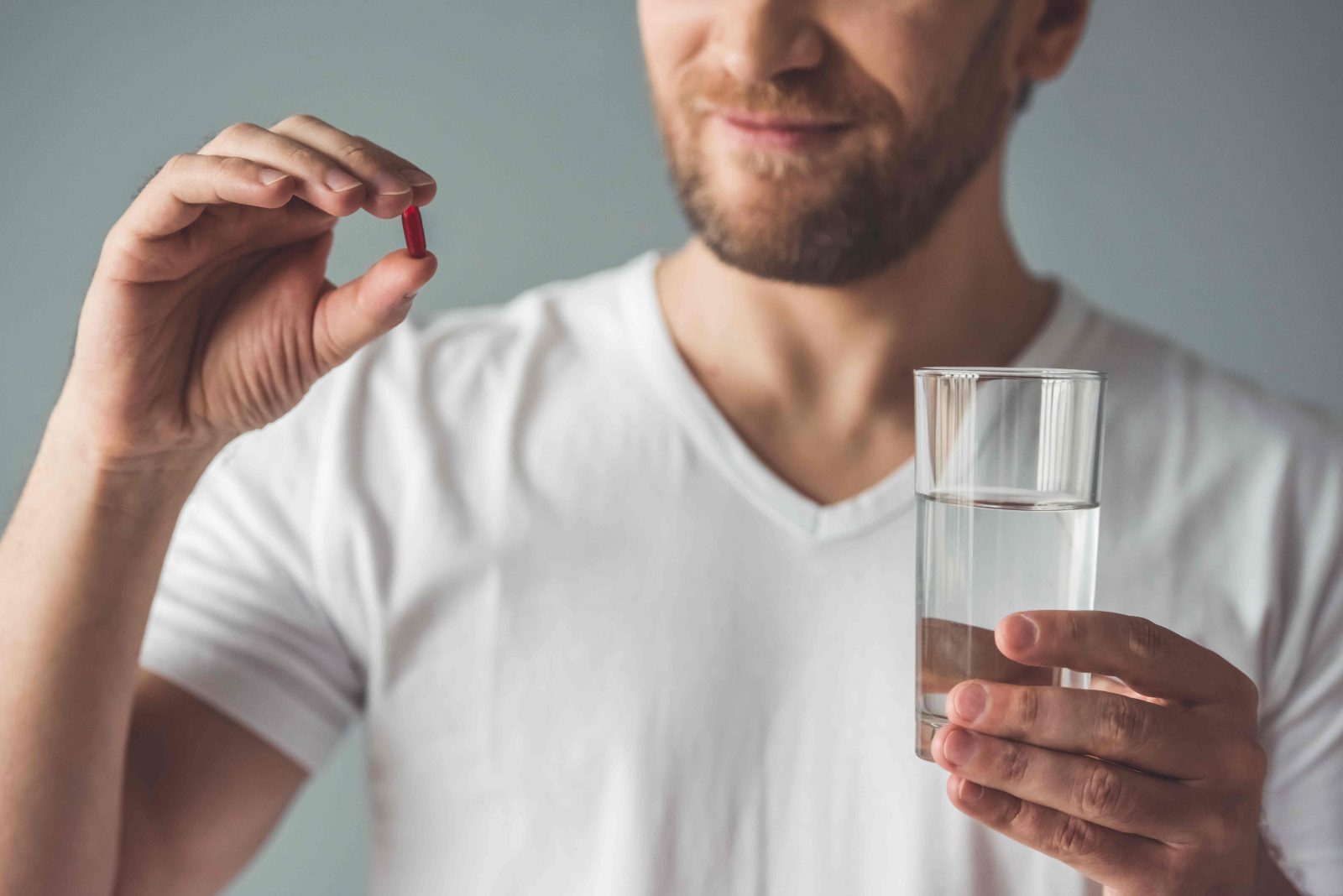Dr. Melissa Toyos is an oculofacial surgeon specializing in FUE (follicular unit extraction) hair and eyebrow transplantation, CO2 facial resurfacing, and sculpting faces with injectables. A summa cum laude graduate and board-certified Ophthalmologist, she is a partner at Toyos Clinic and formerly was a partner at one of the largest eye care practices in the country. Dr. Toyos is a national researcher and lecturer. She trains other doctors on surgical techniques as well as cosmetic procedures. Her clinical research has been instrumental in many FDA approvals. She is the former President of the Missouri Society of Eye Physicians and Surgeons. She has held various leadership positions with the AAO. Dr. Toyos has served as a mentor to young female surgeons, helping them understand how to balance a career and motherhood.
 Photo Credit: Shutterstock
Photo Credit: Shutterstock
When it comes to medications prescribed for holding onto hair, Haute Beauty expert Dr. Melissa Toyos patients want solutions that provide fast, cost-effective results. Many choose oral medications as part of combination therapy or alone to avoid messy topical preparations. There are two oral medications that are commonly used by hair transplant surgeons like myself: finasteride (Propecia) and dutasteride (Avodart).
These medications are more alike than they are different. Both started as prostate-reducing medications for men and both reduce the conversion of testosterone to DHT (dihydrotestosterone) which is the root cause of androgenetic alopecia in men and post-menopausal women (typical age-related hair loss).
What are the major differences between Propecia and Avodart?
The first one is FDA approval. Finasteride is the only oral medication approved by the FDA to reduce hair loss. As a prostate medication, it is used at a dose of 2.5 or 5 mg. Propecia was approved at a lower dose – just 1 mg for hair retention but is often more expensive than generic finasteride.
The second major difference is the mechanism of action. Both block an important enzyme that converts testosterone to DHT but finasteride blocks 70% of that enzyme’s action and dutasteride blocks more at 90%. Not only that, but there are 2 forms of this particular enzyme circulating in the body. Finasteride works on just one of the types (Type 2) while dutasteride blocks both forms (Types 1 & 2). The Type 1 enzyme is found prominently in the skin (and scalp). The more complete blockage of this enzyme combined with the site-specific actions in the scalp may explain why dutasteride (Avodart) consistently shows stronger results than finasteride for reducing hair loss and hair regrowth.
 Photo Credit: Shutterstock
Photo Credit: Shutterstock
The types and incidence of side effects are similar for both medications and occur only in a very small percentage of patients. Side effects can include changes in libido and sexual function, increase in breast size, rashes or itching. The effects of finasteride last 10-12 hours so any side effects are typically short-lived once the medication is stopped. Dutasteride lasts quite a bit longer: 10-12 weeks so it may be a longer wait if side effects are seen.
Finasteride is no slouch when it comes to countering hair loss: 90% of patients see less shedding and about the same percentage see new hair regrowth after 3 months of use. It is my go-to oral for men and post-menopausal women seeking improvements in their hairlines. I reach for Avodart when my patients feel like they are still losing more hair than they would like or haven’t been as responsive to finasteride as I would expect. Bottom line: Propecia works, Avodart works better. Call Toyos Clinic Hair Restoration for a free consultation today 800.901.6638.
For more information, visit Dr. Brian A. Levine's social media:

























